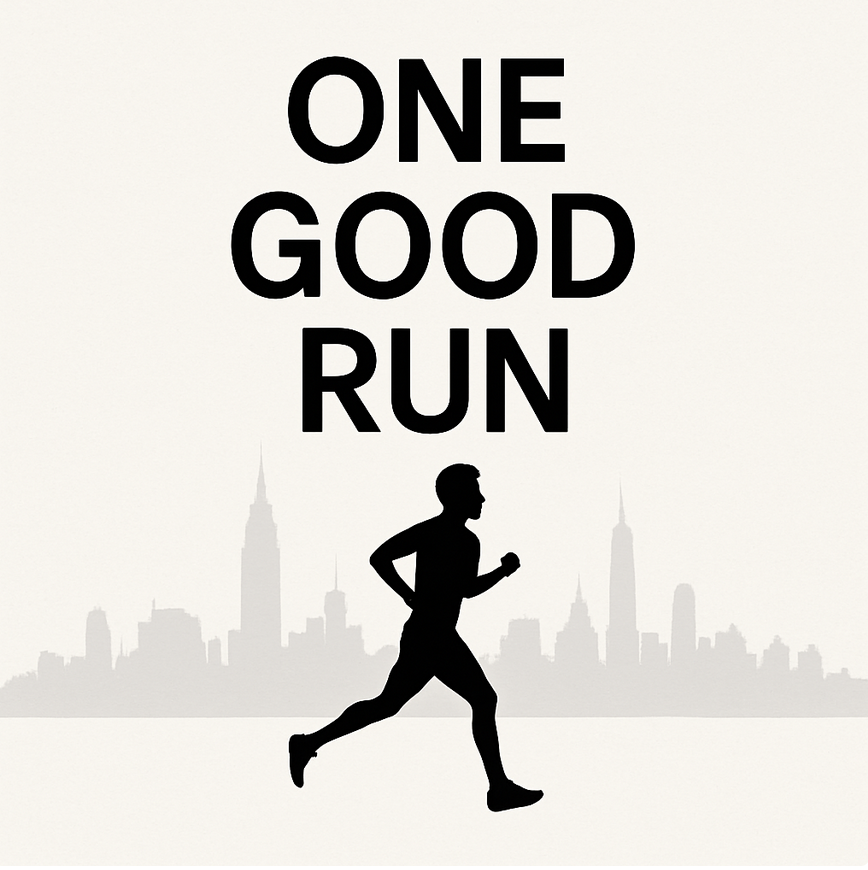Completing a personalised exercise program is a critical part of getting the best outcome from your Physiotherapy treatment program.
At your Initial Assessment, we perform a thorough movement screening, and thoughtfully design a program to help you re-build your foundation and address the underlying root cause of your symptoms.
Ideally, you’ll find the exercises fun, interesting, challenging (and possibly even enjoyable).
The best results will involve us collaborating together to add / modify the exercises as we go.
With your feedback, we'll be able to fine-tune them so you are getting the most positive impact and making real progress towards your goal.
Realistically, it's natural to have trouble finding the motivation or time to get the exercises done (especially as you start to feel better), so here's:
3 tips to help improve your exercise adherence:
1. Keep in mind your purpose and your 'why'
Think about the types of activities that you want to be able to do again, pain-free.
Tell yourself, every set of exercises you do are getting you one step closer to reaching your goal.
'The journey of a thousand miles begins with one step'.
2. Set aside a regular time and place to do the exercises
Perhaps you could tie the exercises onto an already established daily routine such as after brushing your teeth, or straight after a walk/run).
Using the in-built reminder in the app can also really help.
3. Aim for 'progress not perfection'
We don't expect you to be 100% compliant with these exercises every day, (but we'll be incredibly impressed if you do!).
We've heard every excuse in the book about why you couldn't complete your exercises, so no need to aim for perfection, we all have days where other priorities must take precedence.
But remember that your health is important.
'Those who think they have no time for exercise will sooner or later have to find time for illness'.
Please let us know if you have any questions or concerns to help make your journey a good one.
































